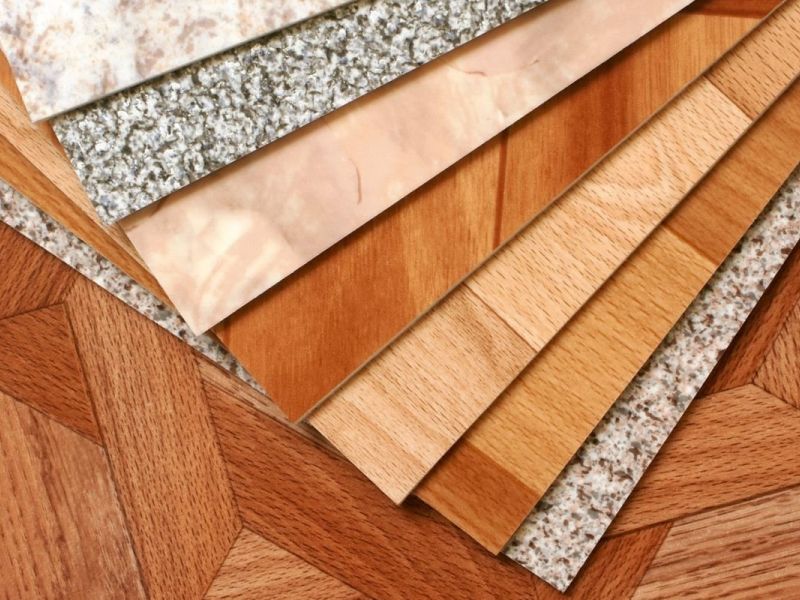6 reasons why plants do not really take root in your house
If you dream of your own greenhouse, but all the flowers bought or received as a gift dry up and wither after a couple of weeks, do not despair. It's not about energy or your “heavy hand” at all. The real reasons are more prosaic. Here are the most common.
You water your plants too generously
In this case, a lot - does not mean better. Too generous watering on an ongoing basis leads to root decay and creates a favorable environment in the soil for the development of pathogenic microorganisms.
You should also not leave “stocks” of water in the pan; the surplus must be drained. Yes, they soak into the soil for several days, only this can be done rarely, for example, when you know that you will not be at home for a long time. But in this case, it is better to ask to look at the indoor flowers of relatives or neighbors, and even better, apply an automatic watering system.
The cause of plant disease, in addition to waterlogging the soil, can be the ingress of water on the leaves, especially if it stays there for a long time.
You put the plants too close to the battery
Not all plants need such a neighborhood. If the window sill is very small, and the battery is very hot, then for the heating period, any plants are better to find another place, even tropical.
If the windowsill is large and warm is moderate, then you can leave the flowers, but at the same time monitor the level of humidity in the room (spray leaves from a spray bottle or purchase a humidifier).
There are also plant species that, under natural conditions, encounter both heat and cold. They have their own mode, so in order not to bring it down, they should be transferred to a glazed loggia, where the temperature is constantly not lower than +15 ° C, or as far as possible from the battery.
You do not have a schedule for watering plants
Random watering from case to case disrupts the internal processes of the plant. Regular helps them build, establish, strengthens the immunity to diseases and pests. It would be nice to start a wall watering schedule and make notes in it or download a special application with a reminder for a smartphone.
But everything needs a rational approach. If you notice that the topsoil is dry, and the day of irrigation has not yet arrived, do not rush to fill the plant. First you need to check the moisture content of the whole earth in the pot. Take a thin wooden stick (bamboo skewer) and gently lower it into the ground, being careful not to damage the root system, pull it out. If it is wet more than a third of the volume of land in the pot, then it is too early to water.
There is little light in the room with plants
If you notice that the plant fades, its brightly colored leaves turn monotonously green, and the lower ones dry and fall, then perhaps it does not have enough light. It is recommended to move the pot with it closer to the window or rearrange it in a brighter room.
In this case, you must continue to monitor the condition of the leaves. Their discoloration, loss of gloss and lifeless appearance can be caused not only by a lack of lighting, but also a lack of vitamin substances, as well as pests.
You do not notice pests on time
The problem of parasites in indoor flowers is familiar to many housewives. Aphids, spider mites, scale insects, whiteflies can appear on domestic plants even with excellent care. The reasons are different - from buying an initially infected instance to getting through an open window. Therefore, all parts of the plant and the soil should be inspected regularly.
Aphids and scabies can be detected quickly, but the red spider is recognized only by the light cobweb on the back of the leaves. The method of dealing with them depends on how much the parasite is developed and what damage is caused to plants. At the initial stage, mechanical cleaning of pests can help. If it does not help, it remains to resort to folk or industrial means.
You are not feeding enough plants
Lack of nutrients negatively affects the general condition of the plant and its root system. In a small pot, the roots quickly absorb nutrients from the soil, so you should regularly add organic and mineral fertilizers to it.
It will be correct to draw up, along with the watering regime, a schedule of plant nutrition. Each grade will have its own. You can use universal or special, for example, only for citruses or orchids.
Check yourself. If you find in this list at least a couple of points that you are doing wrong, then there is a chance to fix it. And over time, plant real hanging gardens or your own greenhouse at home.




